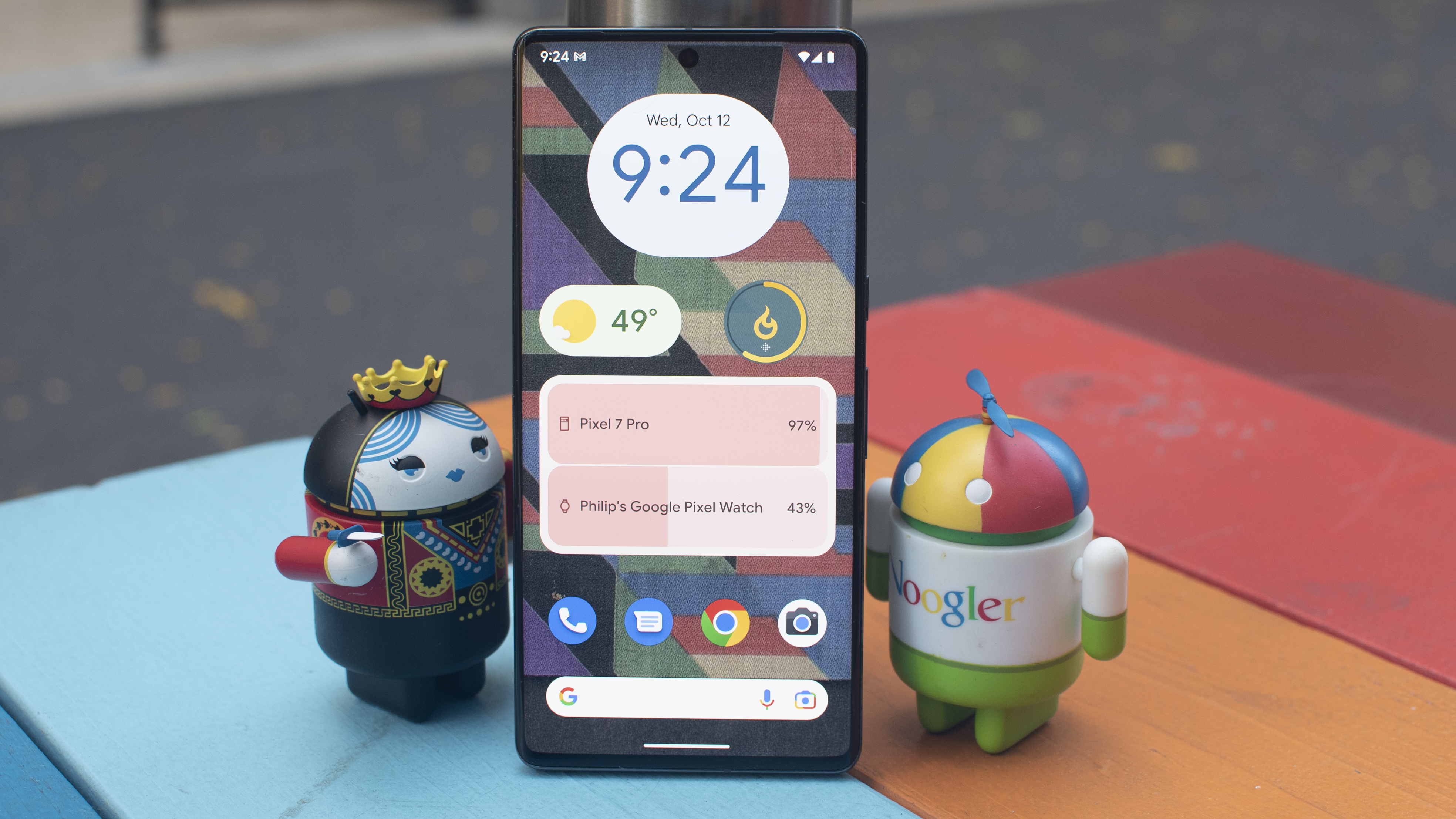
It’s been a while since Google tweaked the design and presentation of the icons in stock Android’s status bar. But according to a report from Android Authority that could soon change, with Android 15 introducing a revamped status bar, and haptic feedback integrated into the Quick Settings.
Call me easily pleased, but I think this is great news if true.
In Android 14, icons showing Wi-Fi and cellular signal strength and battery levels are solid blocks that either fill up with a white or dark shade (depending on whether you’re using Dark or Light mode), with a battery percentage shown to the side, if it’s enabled. While reasonably functional, this design isn’t great for letting you check signal strengths at a quick glance, while the battery percentage can look rather scruffy on an otherwise neat interface.
Digging into Android 15, Android Authority noted that the upcoming version of Google’s operating system will segment these icons, and integrate the battery percentage. That means signal strength will appear in individual bars, and the battery percentage will be slotted into the battery icon. These are small changes, but for people like me who like to get clear information at a glance, they could be very useful.
Users of Samsung phones will note that One UI adds such icons on top of Android 14, which is handy. But something about the way Samsung designs the icons doesn’t quite gel with me.
Adopting such segmented status bar icons means Android 15 could look a lot more like iOS 17, but as an iPhone 15 Pro Max user who can’t deny the excellent if boring experience Apple’s phones offer, I think that’s a good thing. Android can still differentiate itself with things like generative AI tools – and such UI changes could stand a chance of tempting me back to Android from iOS.
Hello haptics
What’s also caught my attention with Android 15 is the potential use of haptic feedback in the Quick Settings panel – that’s the menu you bring down in Android phones with a swipe downwards from the top of the display.
According to Android Authority, haptic feedback could be used when adjusting the volume slider, as well as when long-pressing icons like the Bluetooth tile.
It might seem like a trivial tweak, but I find that haptics can really help me to fine-tune small adjustments to settings that work on a sliding scale, especially when making adjustments at speed, when your finger can get in the way of particular level adjustments. So that, combined with the status bar tweaks, could result in Android feeling like a better-integrated experience, which would get my seal of approval.
Right now these options need to be toggled on in the Android 15 Developer Preview 2, which is open to the public but isn’t something I’d advise you try out on your main phone, as such previews aren’t always the most stable. Otherwise, we’ll need to wait for the full release of Android 15, expected to come with the Google Pixel 9 series in the second half of the year, before we can see if Google does indeed integrate such tweaks into its mobile OS.




















+ There are no comments
Add yours